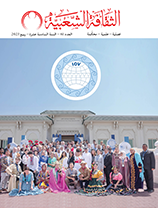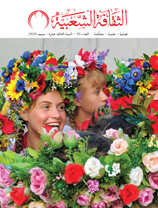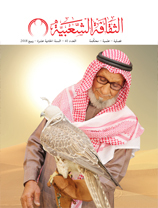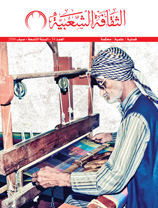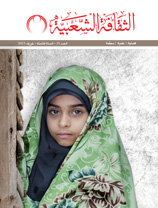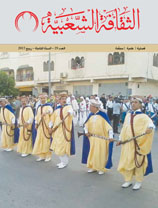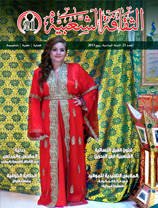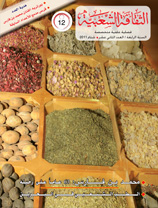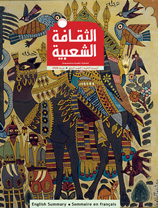New Trends in the Popular Poetry of Iraq
Issue 8

Khairalla Saeed (Iraq)
More attention was paid to the poetic form on the expense of content, a fact which prompted critics to judge the literature in that period as being at the lowest level of its development, except for some poets who demonstrated their striking achievements on the individual level. These poets were able to master the composition of verse, keeping the pillar of the poem in its strength, although the “wave of decline” influenced them and was so apparent in their poetry. They managed to survive that wave, thanks to their personal creativity in poetry. What attracted attention in that period, however, was the rise of some forms of popular composition, particularly in Iraq, that was evident in the colloquial verse of the masses. This kind of vulgar poetry started to rise in a noticeable manner, as if the intention had been to take revenge of that situation and to provoke it to rise back. New forms of composition, the socalled quatrains, have emerged. These were poetic structures based on four lines of verse. At a later time, some of these forms evolved into five, six, and then seven-line poetry. The last form was later on labeled as “Mawwal Al-Zihairy” (Floret Folk Song). These kinds of popular verse were called “The Seven Ungrammatical Arts of Verse”, because they did not observe the rules of Arabic Grammar. Solecism, which had been evident in these poetic forms, was deeply detected, thanks to the Iraqi poet Saffie-eddin Al- Hilly (677-750 A. H.; 1277-1349A. D.). The “popular poetry” is more close to the thoughts of ordinary people. They can memorize it better and deal with its arts more creatively, because the mind of the rank-and-file man leans more toward what entertains him, and his spirit is so attached to this kind of art. The ordinary people practice the common verse in every moment of their life; in another words, the expression of thought with the help of this particular poetry is well-established in the popular surroundings more than it is in the specific environment. It is in purpose, then, to classify the arts of this poetry as “public poetry”. The public poetry, then, is an identity that distinguishes the people’s creativity and brings their souls together in all stages of life. It is the spokesman that expresses their egos in every predetermined incident and reveals their true individuality as compared to the cream of the society. Ordinary people kept developing its styles in each stage; moreover, they were the first who created artistic forms in contingence with the level of the development of the society. Put differently, the state of creativity in the popular Iraqi poetry moves faster than its counterpart in the well-spoken poetry, because the multiplicity of the poetic forms of public composition is much richer than it is the case with the eloquent composition.











